Introducing the Viola d'amore!
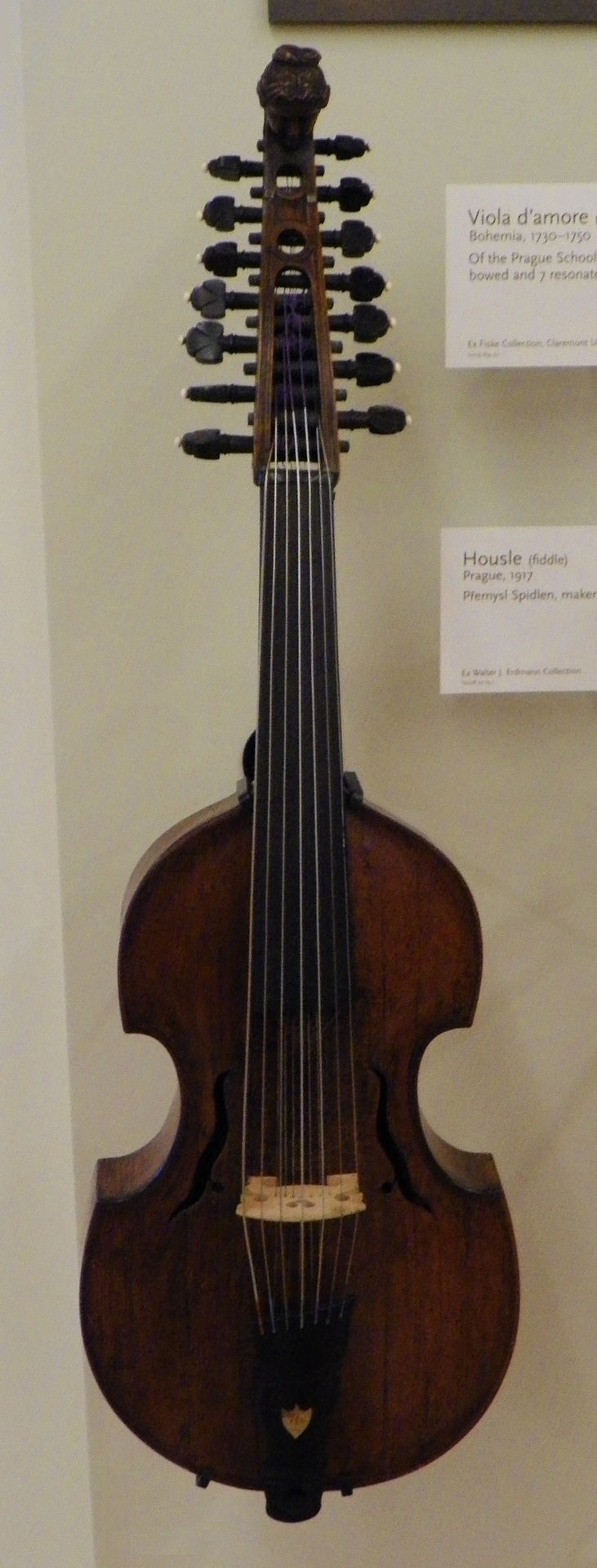
This is a follow up to my Tools of my trade post, with a more detailed and in-depth look into an extinct string instrument that is undergoing a revival via the Early Music movement.
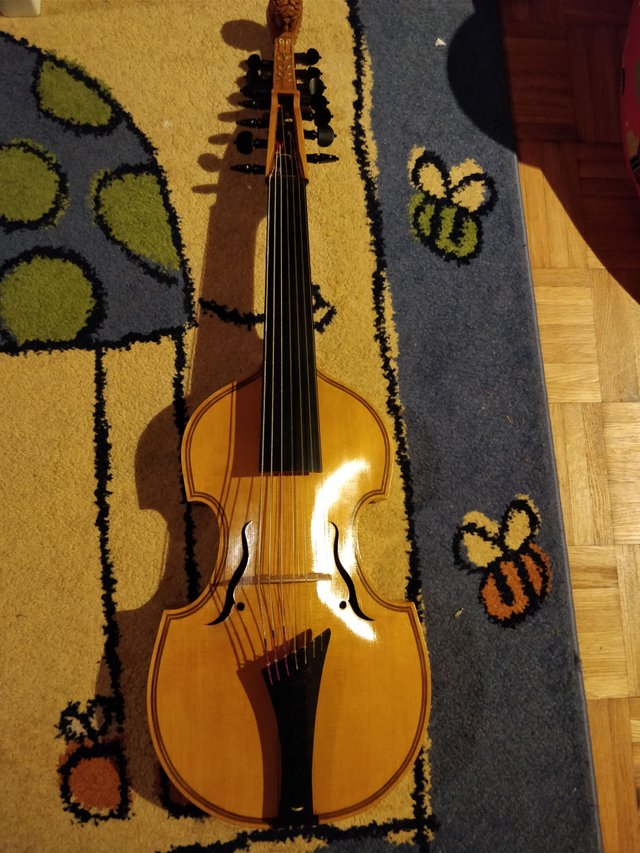
Basic Overview
The viola d'amore was an instrument from the Baroque era that was often associated with affects of love and softness. It was played in the style of a violin, held in the hands and on the shoulder. It came in a variety of sizes, however it's shape was that of the viola da gamba family of instruments and not from the violin family. In fact, in many ways, it is most similar to the treble viol, with characterictic flat back and general body shape and features. The gamba family of instruments was also another branch of instruments from the Baroque era that fell out of use over the intervening centuries (aside from the double bass, which traces a similar heritage) losing out to the power and brilliance of the violin family of instruments.
The instrument came in a variety of string configurations, with 5,6 or 7 playing strings and the possibility of an equal number of resonating strings under the fingerboard and through the bridge. There is some debate about the existence of resonant strings in instruments from the Baroque era, and it is now commonly held that this was a more modern development.
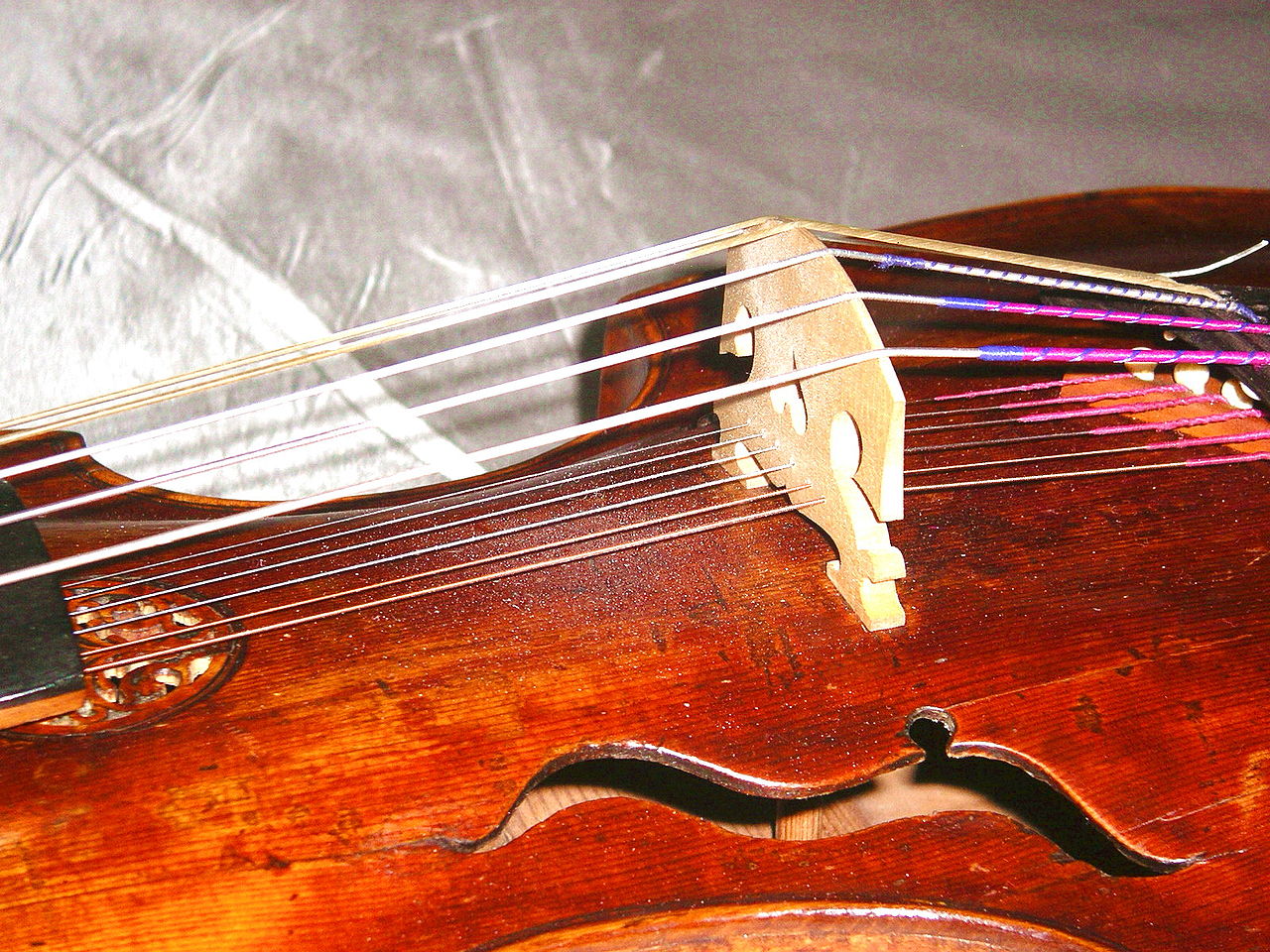
Many instruments feature a blindfolded woman or a Cupid on the scroll of the d'amore, in keeping with the love theme of the name. However, the sound holes tend to be of a "flaming sword" shape, which could suggest either the "flame of love" or a harkening back to the Middle Eastern origins of the instrument (the curved swords of the Middle East).
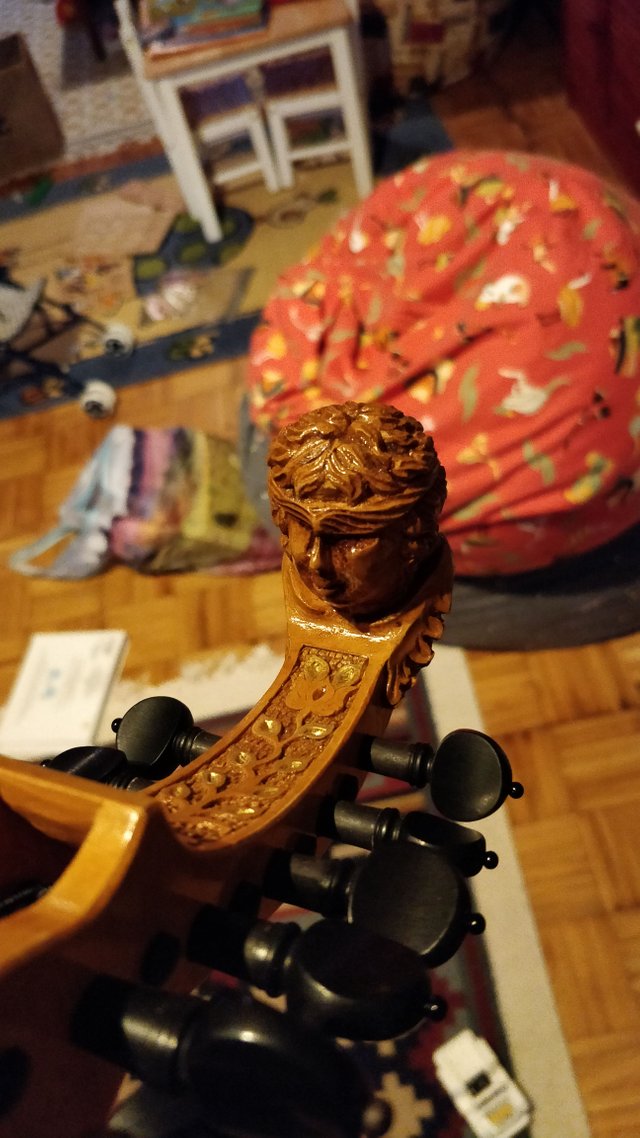
String Tuning
Playing strings
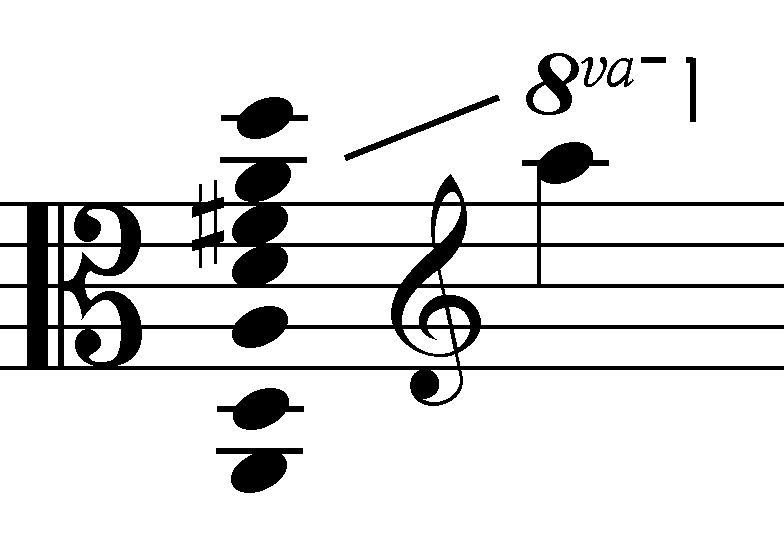
Just as there is no standard number of strings for the instrument, there is also no standard tuning for the d'amore. Most of the compositions specify what tuning is required for the piece, and there is a large chunk of composers that suggest a d minor/major tuning (see image above). However, this chunk is not a majority of compositions, so it can not be considered a "standard" tuning, just a common one. As most of the pieces involve chordal playing of some sort, it is often best to follow the recommended tuning from the composer, or you will quickly run into physically "unplayable" problems!
If there is no specified tuning, then it is up to the player to develop one that works or to use the "common" tuning mentioned before. I have a personal preference for a tuning that mimics the bass viola da gamba (however an octave higher), this being A2-D3-G3-C4-E4-A4-D5 (from low to high). In this notation, a4 is the reference pitch A=415Hz commonly used in Baroque performance practice.
Resonant strings
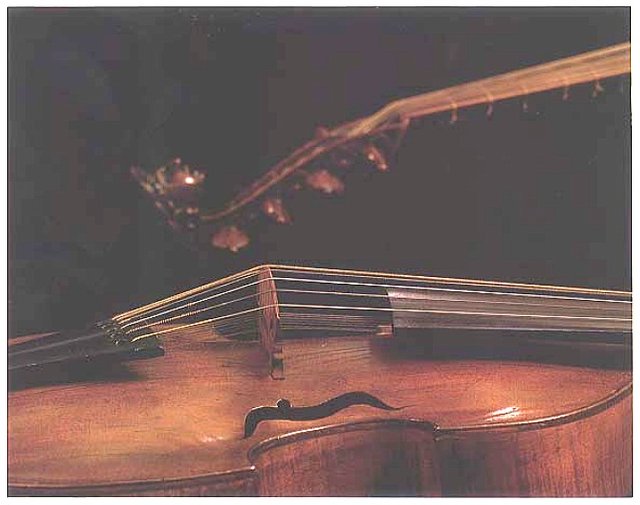
The resonant strings are perhaps a modern addition to the viola d'amore, the first reference to a d'amore with resonant strings occurs c.1730. There are two options for tuning the resonant strings; the first option is that they mirror the top playing strings to add colour to the open strings, the second option is that are tuned in the tonic (home) key of the composition, thus lending their strength to the tonic key of the piece.
It is interesting to note that the resonant strings travel behind the pegbox, over a nut at the back of the neck and then under the fingerboard through holes in the bridge out to be re-attached near the tailpiece. Needless to say, this configuration makes it very difficult to change strings and to fix mechanical buzzes and other problems! Also, another interesting feature is the reverse direction of stringing the string, so turning the tuning peg in the normal sharp direction (for a violin) results in a flatter pitch!
Scordatura and notating of music
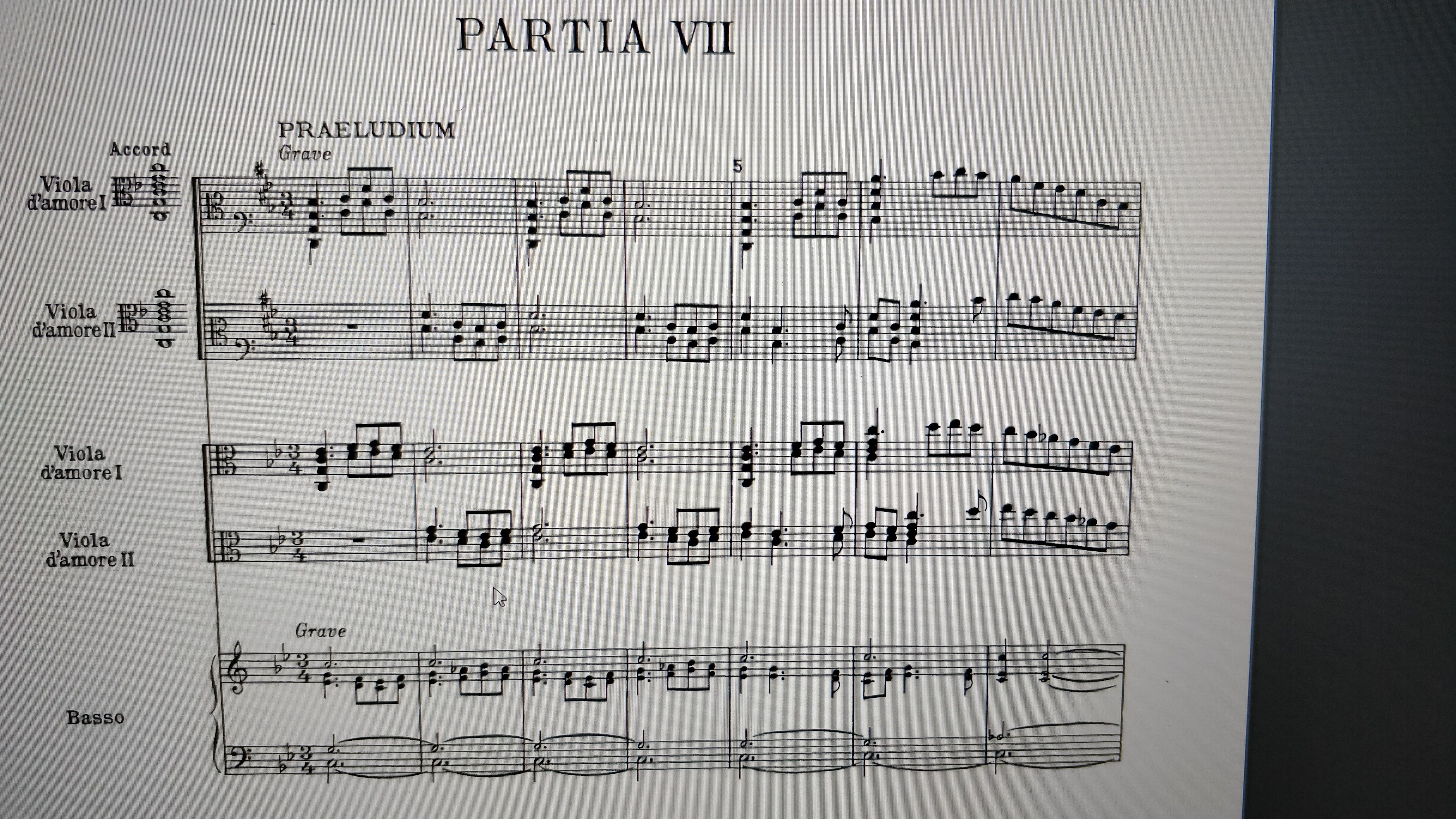
Unfortunately, there was not a standard way of notating music for the instrument. Every composer and player had their own tablature (scordatura) that was unique to their compositions or adaptations of music. Some, chose to write only in the normal sounding pitch, and allowed the player to figure out a system. Others chose to indicate the string tunings and then would notate in a normal scordatura, writing the music as if it was a normally tuned violin/viola and allowing different pitches to be heard instead. Needless to say, when coming upon a new piece, it can be difficult to decode the intent of the writer without some sort of guide.
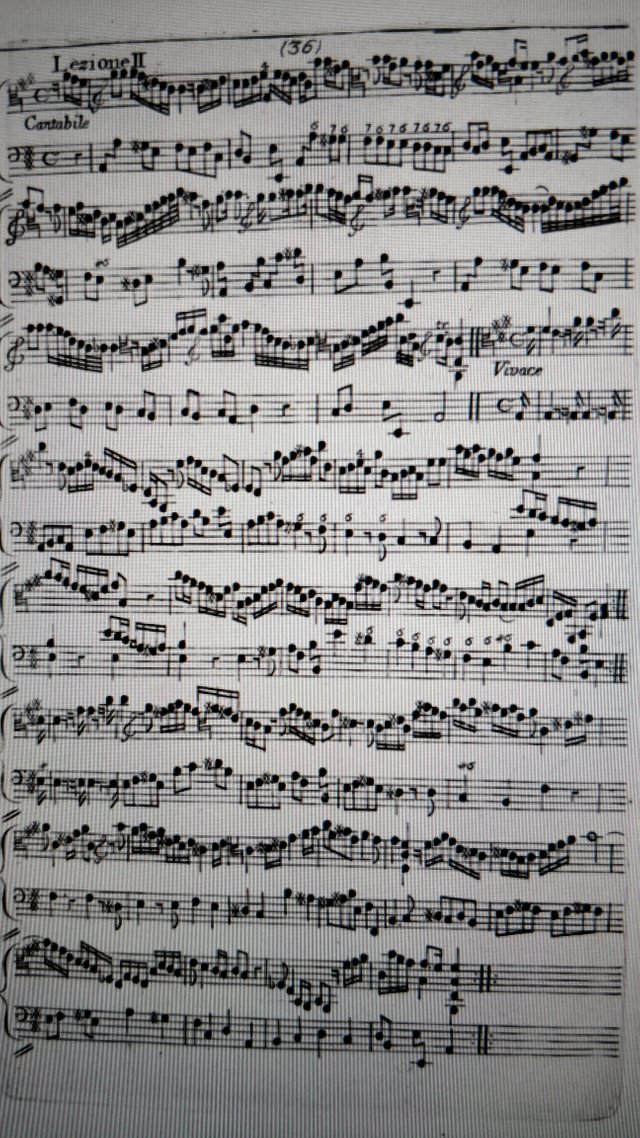
Ariosti came up with an unusual system of notation where he used different clefs to denote different hand positions (1st, 2nd, 3rd positions and so forth) on the instrument. It was a novel approach that overcame the difficulty of knowing which position a particular notation would require, however the cost was that the player often already had a strongly ingrained notion that clefs would be associated with pitch and NOT hand position that would need to be overcome.
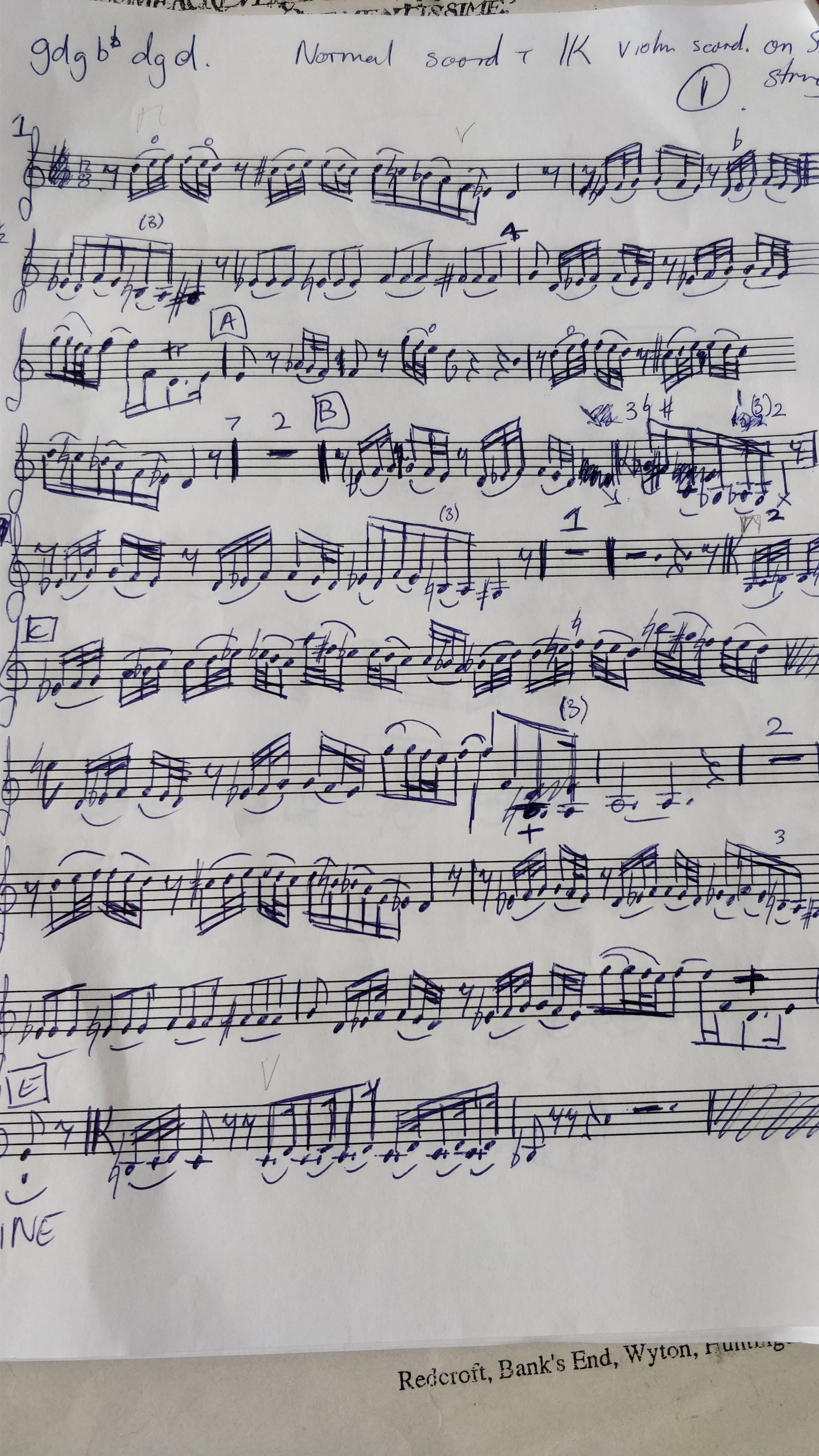
My personal scordatura of choice is one that divides the instruments into two instruments. So, the top 4 strings are treated as a violin for fingering, whilst the bottom 4 are treated as a viola for fingering purposes. This leads to a crossover string in the middle that can be belong to either notation, either as the lowest of the violin strings or the highest of the viola.
Technical differences and similarties to the violin.

Although the instrument is held like a violin and often the scordatura notation borrows the fingerings of a violin, the differences between the two instruments is vast. The violin supports much more weight applied to the string via the bow because of the greater seperation of the strings. The viola d'amore on the other hand has strings that are incredibly close together, thus the weight of the bow can not be as strong. The compensation for this is that the bow must move faster in comparison to the weight (as compared to a violin/viola).
If the player doesn't use a scordatura, then a new fingering regime must be learnt for every piece that utilises a different string tuning. Hoewever, if a scordatura is used, then time must be spent on writing and editing a proper score to use.
Sound
"for its swetenesse & novelty the Viol d'Amore of 5 wyre-strings, plaid on with a bow, being but an ordinary violin, play'd on Lyra way by a German, than which I never heard a sweeter Instrument or more surprizing..."
John Evelyn, Diary entry 20 Nov 1679
(the d'amore is) especially charming in the stillness of the evening.
Leopold Mozart, "Violinschule" (translated from German)
It is difficult to describe exactly how different the viola d'amore sounds in comparison to violins, so it is much easier to show by example. Below are some videos of some d'amore music that were chosen to highlight it's particular qualities.
Hope you enjoyed discovering an old type of instrument that you just don't see too often these days!

Referral links
Mene, Investment jewellery (5 dollars credit just for making the account).
Humble Bundle Monthly, PC games package every month!
Busy.org A version of Steemit that allows small accounts to use the Vote Slider! When they get a dark theme, I'll be there full time!
AirBNB Book and stay at nice places, cheaper than hotels!
Swift A project to bring a basic income via cryptocurrency.
Mannabase, Universal income in the blockchain, 50% bonus in the first year if you use this referral.
Minnowbooster Bonus for the new account maker as well!
Coinbase, the biggest fiat on and off ramp.
Binance, the biggest crypto exchange.
Coinjar Fiat on ramp for Australia or UK!
Cryptopia, Lots of lesser known altcoins.
HitBTC Even more Altcoins!
Kucoin The people's exchange!
My musicoin artist page (tap on banner), come support your favourite music on the crypto-ecosystem!
One of the orchestras that I play in, specialising in Early Music. Click on the banner for the Steemit page, featuring music and various articles about music!
The classical music community at #classical-music and Discord.
Follow our community accounts @classical-music and @classical-radio.
Follow our curation trail (classical-radio) at SteemAuto
Community Logo by ivan.atman

Proud member of the Alliance!
Horizontal Rulers by cryptosharon
Team Australia footer by bearone
.png)

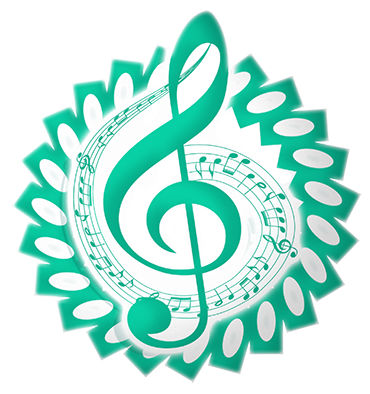

Hi bengy,
LEARN MORE: Join Curie on Discord chat and check the pinned notes (pushpin icon, upper right) for Curie Whitepaper, FAQ and most recent guidelines.
Thank you for finding my post! Here is my tiny upvote in return to keep the project alive (I already vote you for witness), hope you are subscribed to dustsweeper!
Very well deserved @bengy :)
Your post has been supported and upvoted from the Classical Music community on Steemit as it appears to be of interest to our community. You can find details about us below.

The classical music community at #classical-music and Discord.
Follow our community accounts @classical-music and @classical-radio.
Follow our curation trail (classical-radio) at SteemAuto or help us out with a delegation!
bass: J.S.BACH on BASS "Suite for Cello No. 1 in G Major - Prelude"
Source
Spam is discouraged by the community, including comment spam.
More Information:
The Art of Commenting
Comment Classifications
Please don't this, it is spam.
I flagged it.
Thanks, not too hard I hope, it seems he was just new.
Alright. I removed the flag.
Such a gorgeous instrument! Thank you for this long and informative post.
It's a pain in the arse to play, but it is well worth it!
haha I was just thinking that. Not to mention changing all these strings and tuning it..
And accidentally smacking things with the pegbox end when you forget how long the bloody thing is!
Ahaha true
Your Post Has Been Featured on @Resteemable!
Feature any Steemit post using resteemit.com!
How It Works:
1. Take Any Steemit URL
2. Erase
https://3. Type
reGet Featured Instantly & Featured Posts are voted every 2.4hrs
Join the Curation Team Here | Vote Resteemable for Witness
Congratulations @bengy! You have completed some achievement on Steemit and have been rewarded with new badge(s) :
Click on any badge to view your own Board of Honor on SteemitBoard.
To support your work, I also upvoted your post!
For more information about SteemitBoard, click here
If you no longer want to receive notifications, reply to this comment with the word
STOPThis post has been voted on from MSP3K courtesy of @Scuzzy from the Minnow Support Project ( @minnowsupport ).
Bots Information:
Join the P.A.L. Discord | Check out MSPSteem | Listen to MSP-Waves
It looks amazing and its similarity to the viola da gamba is clear, which I hope to have the opportunity to play someday.
Yes, it is really similar to a treble gamba, I hope you get to play one soon! Gamba's are really quite lovely instruments!
Congratulations! This post has been chosen as one of the daily Whistle Stops for The STEEM Engine!
You can see your post's place along the track here: The Daily Whistle Stops, Issue #146 (5/26/18)
The STEEM Engine is an initiative dedicated to promoting meaningful engagement across Steemit. Find out more about us and join us today.
WOW! I am loving learning about all these instruments you play! Thanks for guiding me to this post.